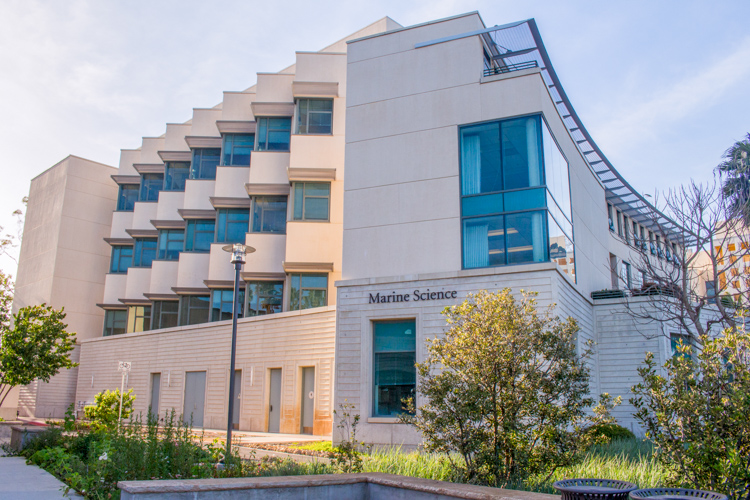
Hannah Maerowitz
Staff Writer
Carol Blanchette, a faculty member at UCSB, researches marine and community ecology, as well as balancing leadership roles in the Partnership for Interdisciplinary Studies of Coastal Oceans, the Ocean Margin Ecosystems Group for Acidification Studies, and the Santa Barbara Channel Long-Term Ecological Research Group.
Her most recent research project, a partnership between UC Santa Barbara and UC Santa Cruz, focuses on identifying the causes of the rapid decline in sea star populations, a phenomenon that has been attributed to sea star wasting syndrome (SSWS). The findings were published in the journal PLOS ONE.
Sea stars afflicted by the disease have been described as “melting” because the disease causes tissue decay, which escalates to limb loss and then renders once formidable sea stars into piles of white mush. SSWS is most often fatal.
Although Blanchette and her team of researchers explored multiple theories for the rapid and unsparing decline in west coast sea star populations, they were unable to pinpoint one factor as the cause of SSWS.
The research consisted of comprehensive data analysis of over 15 years of data produced by 18 different research groups. Focusing on the ochre sea star, one of the species that were most significantly impacted by the latest outbreak of sea star wasting syndrome, researchers examined data collected from 88 different sites along the west coast.
“While sea star wasting syndrome has been around for decades, this most recent outbreak is unprecedented in scale in scope,” said Blanchette in a recent interview with the UCSB Current.
Researchers found that increased rates of sea star death by SSWS were omnipresent along the coast. Specifically, they found Santa Barbara and the Channel Islands to be an area where the phenomenon was even more exaggerated. Seastar populations declined by a staggering 99 percent in these areas.
Outbreaks of SSWS have previously been predicted by an increase in sea water temperature, but what researchers found particularly puzzling about the most recent outbreak is that no substantial increase in temperature coincided with the start of the outbreak.
However, Blanchette believes that temperature rise occurring after the outbreak’s onset may have “exacerbated its impact in the period that followed.”
Given that mortality rates of sea stars rise in warmer water, this seems plausible. However, Blanchette’s recent research illustrates that SSWS cannot be attributed solely or even substantially to temperature rise.
Although the cause of the syndrome itself has proved difficult to pinpoint, the ecological impacts are not. Sea stars prey on mussels, so the proliferation of SSWS has resulted in robust mussel bed growth since the epidemic began. The expansion of mussel beds past ideal levels has left minimal space for other organisms to grow and flourish.
Due to the nebulous causes of the most recent epidemic, researchers are unsure of how to address it. However, they are monitoring populations along the coast from San Diego to British Columbia and assessing recovery.
A quick recovery is expected for northern Calif. underwater ecosystems, while the more impacted ecosystems in southern Calif. may take longer to experience resurgence.
Blanchette’s most recent findings, as well as other studies currently being conducted, will provide a basis for further research into the mysterious sea star wasting syndrome.










